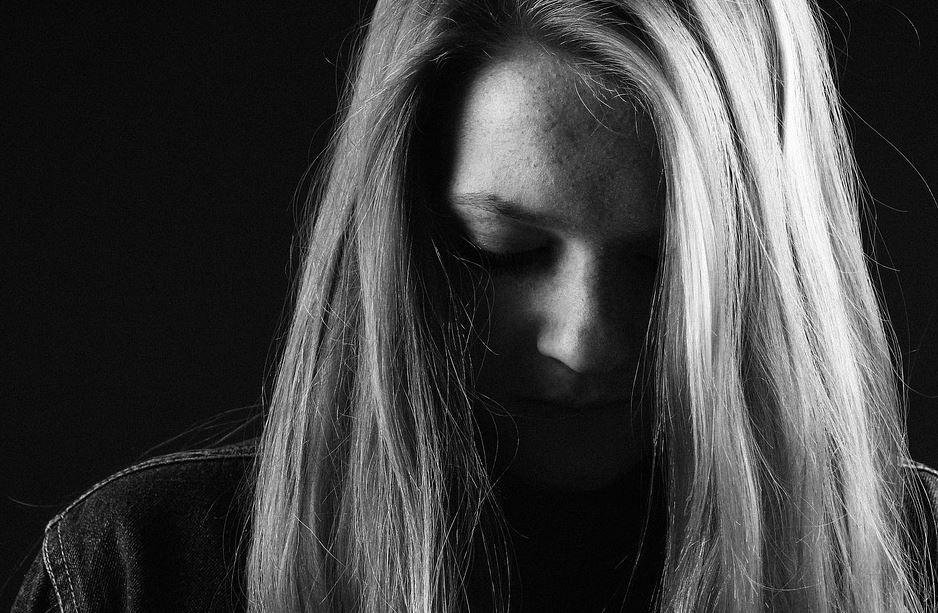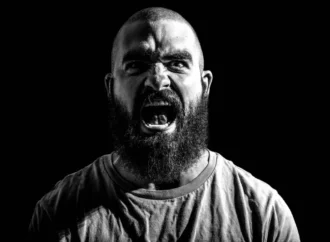At this time of year our social media feeds light up with back-to-school photos. Tidy children in new fall clothes pose for their parents’ camera, marking an annual ritual commemorating the steady passage of childhood.
But beyond those smiling faces and hand-held “first day” signs is the reality that for many of these young people, back-to-school is a time fraught with anxiety, depression, and suicidal tendencies.
Unlike adults, who have suicide spikes during the warmer months, suicide rates for children and adolescents drop during summertime. Once school starts up again in fall, the suicide rate for young people jumps.
A recent study confirms a high correlation between school attendance and suicidal thoughts and actions. The study, presented at the Pediatric Academic Societies Meeting in May, analyzed hospital admissions data at 32 children’s hospitals across the country from 2008 through 2015. Researchers found an alarming increase in hospital admissions for suicidal tendencies and self-harm for children ages 5 to 17, with the largest rise among teenage girls.
The lead researcher of the study, Dr. Gregory Plemmons from Children’s Hospital at Vanderbilt University, told USA Today that his team’s findings show a jump in childhood suicide rates corresponding with back-to-school time. According to Dr. Plemmons: “There is a seasonality to suicide. If you look at adult data, most adults tend to commit suicide in summer and the spring, we noticed that our biggest time (for children) was in the fall.”
It may be no coincidence that September is Suicide Prevention Month.
The study’s findings shed more light on the rising suicide rate among children, suggesting that school attendance may play a large role. According to the CDC, the suicide rate among 10 to 14 year olds has doubled since 2007. And for girls in that age group, the suicide rate has tripled over the past 15 years. According to Carl Tishler, a professor of psychology and psychiatry at The Ohio State University, there are now “an estimated 12 to 15 million children on psychotropic medications.”
Dr. Peter Gray, a Boston College psychology professor, writes frequently about the problems with coercive schooling and the danger of back to school time. In his research, he finds striking correlations between school attendance and heightened incidences of suicide and mental health issues, warning: “if you are a parent of a school-age child thinking about ‘back to school,’ keep this in mind: The available evidence suggests quite strongly that school is bad for children’s mental health.”
Many parents and educators are recognizing the negative effects that forced schooling can have on teenagers’ mental health, and are seeking out—or creating—alternatives to school. One such educator is George Popham, a former public school teacher who in 2013 founded Bay State Learning Center (BSLC), a self-directed learning space for tweens and teens just outside of Boston that offers full-time and part-time enrollment options for homeschooling families.
Popham says that many of the young people who attend Bay State never considered homeschooling but were driven to it by mounting anxieties brought on by traditional schooling. He says:
“A huge number of the new students who come to us are presenting some kind of anxiety disorder, and we find that almost all of them are significantly improved within weeks of joining BSLC. I get calls from therapists asking what we have done! I think the real story is in what we haven’t done. We haven’t made all their choices for them, we haven’t structured all of their available time, and we haven’t coerced them into unnaturally regimented patterns. Everything changes when you take coercion out of the picture. Teenagers are actually quite happy people by nature. If you take them out of an environment that makes them miserable they flourish, and the social communities they share become pleasant, accepting, creative and fun. And, in a positive environment, the natural human desire to learn can flourish, there is no need to force it.”
As a new school year begins for millions of children across the country, some of them will experience rising school-related anxiety and depression. Instead of tolerating it as a typical side effect of conventional schooling, more parents are discovering alternatives to school that enable their kids to flourish.
With self-directed learning centers, like Bay State, popping up across the country to support homeschooling families, it has never been easier for parents to take charge of their children’s education and preserve their kids’ mental wellbeing.
–
[Image Credit: Pixabay]
















Leave a Comment
Your email address will not be published. Required fields are marked with *